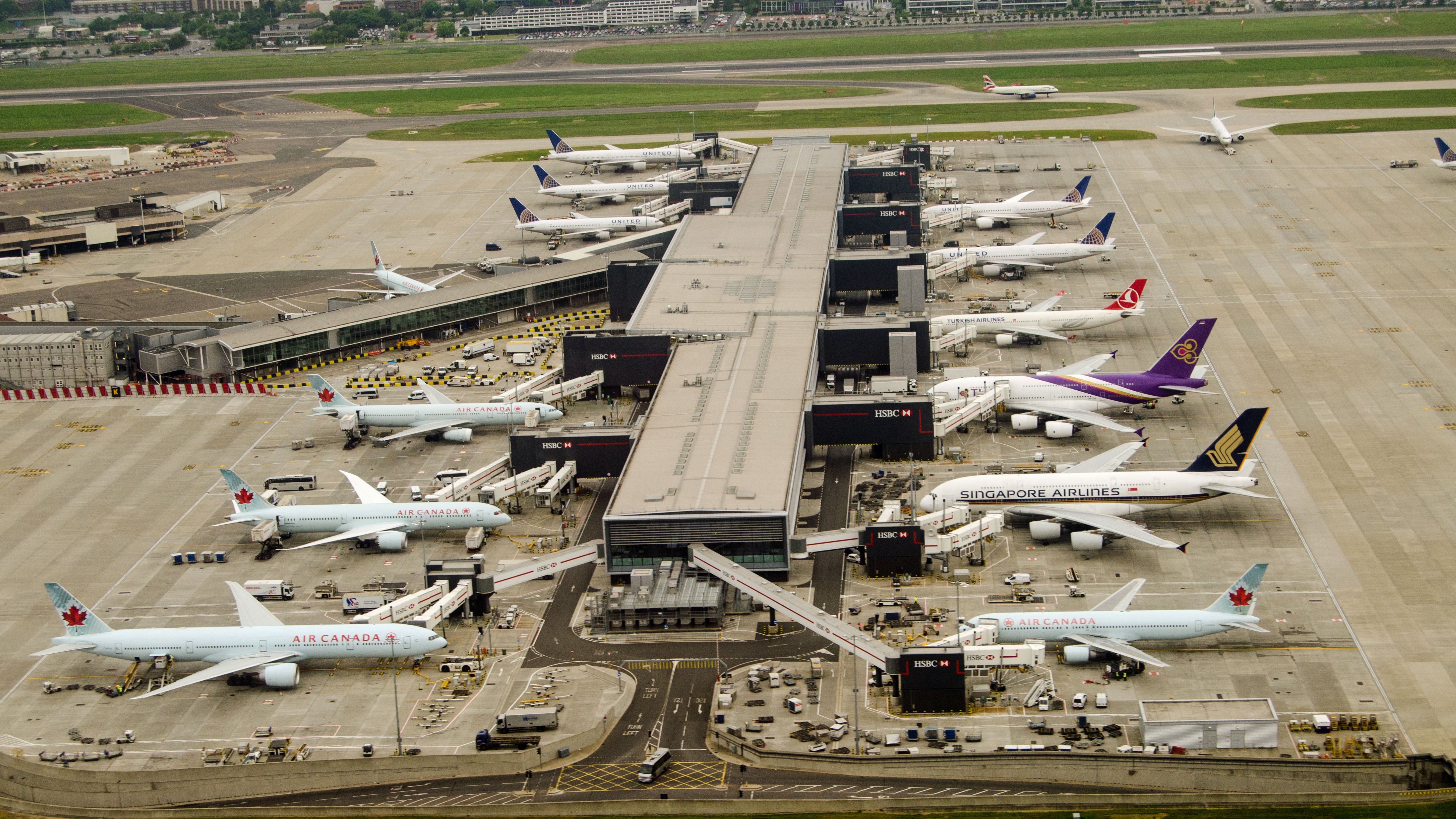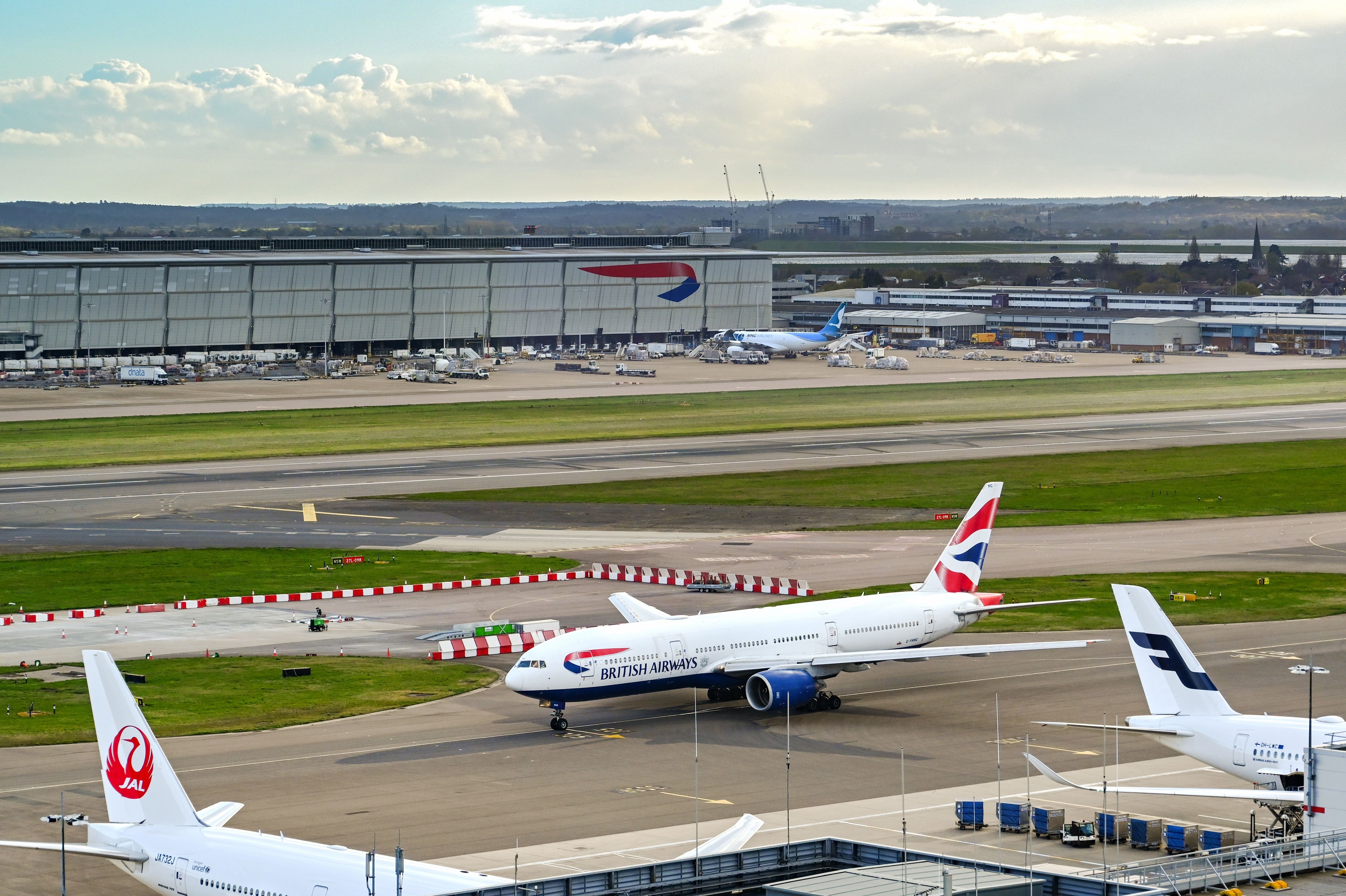The topic of London Heathrow Airport adding a third runway has long been controversial. There is an ongoing debate about whether Europe’s busiest airport should expand. Interestingly, in the past, the airport had six runways and could have introduced more! Let’s take a look at what happened.
Adapting to the industry
Fairey Aviation operated Heathrow during the early 20th century, and during this time the site had just a single runway. However, two more tracks were added in 1946. This move was in coordination with the opening of the site for civilian activity. Thus, London Airport was on its way to become the United Kingdom’s international hub.
Amid the growing aviation industry in the 1950s, three more runways were introduced. Notably, the numerous runways helped to make sure that two options were always on offer in any wind direction. The overall plan was for a network of shorter strips and taxiways, along with a main central terminal and control tower.
The six runways on the ground were split by the following:
- Two east-west runaways (which are still in place today)
- Two SE-to-NW and SW-to-NE strips
- A pair of bigger runways to handle heavier aircraft
The heavier types at the time would be in the form of planes such as the Bristol Brabazon. This aircraft weighed just over 100 tons, whereas the jumbos of today, such as the Airbus A380, weigh up to nearly 600 tons. This factor shows how far airport capability has come.
Get the latest aviation news straight to your inbox: Sign up for our newsletters today.
A change in direction
There were plans for further expansions, which would have seen the destruction of settlements and the diversion of roads. Nearby residents were even given notice about these prospects.
Nonetheless, according to Londonist, if the move went ahead, it would be too expensive. Moreover, as with the opposition to runway expansions today, such an action would be met with significant challenges.
In fact, Heathrow started to go in another direction, dropping most of its runways. It has had only two runways since the 1970s as the shorter strips couldn’t keep up with the requirements of modern aircraft such as the new jets that were arriving on the scene. Therefore, the focus shifted to extending the two runways that we currently see in action to meet the needs of the market.
Today’s climate
Nonetheless, the mark of the former runways is still evident today. In aerial shots of Heathrow, a faint pattern of the star is visible, but most of the design is blocked by newer buildings of the airport.
The debate on whether a third runway is needed continues, but a new addition could be on the cards for the early 2030s. Had Heathrow designed the layout of its earlier runways a little differently, the site may not have had to go through the extensive struggles to add another one now. The airport has formally put its third runway project on hold, but discussions behind the scenes continue.
There are a handful of airports across the globe today that operate with six or more runways. This includes Amsterdam Schiphol Airport (AMS) in nearby Netherlands, while Dallas/Fort Worth International Airport (DFW) has seven and Chicago O’Hare International (ORD) has eight.
What are your thoughts about Heathrow’s runways? Do you feel that another one is needed? Let us know what you think of the situation in the comment section.
Source: Londonist


